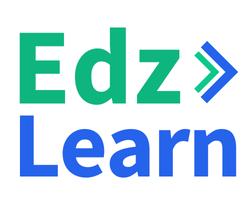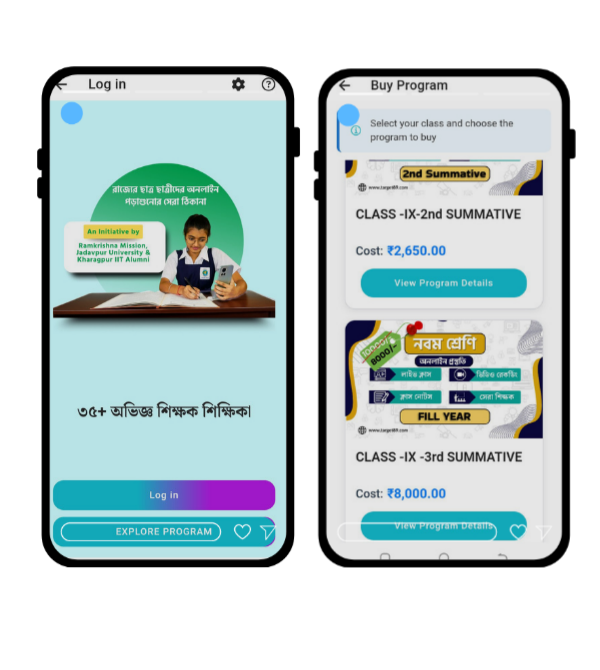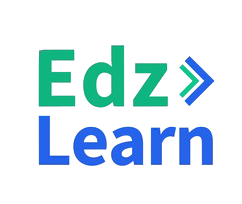In the ever-evolving world of eLearning, content is king. But in an era where learner expectations demand more interactive, engaging, and personalized materials, traditional methods of content creation often fall short. Enter artificial intelligence (AI)—a game-changer in reshaping how eLearning content is created, customized, and delivered.
AI tools have revolutionized the content creation process by automating repetitive tasks, generating personalized learning experiences, and offering data-driven insights that optimize outcomes for learners and educators alike. In this blog, we’ll explore how AI tools are transforming eLearning content creation and making the process more efficient, innovative, and impactful.
1. The Growing Role of AI in eLearning
Artificial intelligence leverages algorithms to analyze data, predict outcomes, and automate tasks that traditionally required human intervention. In eLearning, AI enhances content creation by:
- Generating text, visuals, and interactive elements.
- Personalizing content to match learner profiles.
- Analyzing engagement and performance data to refine learning materials.
With AI tools, eLearning platforms can cater to diverse learning needs, ensuring every learner gets an optimized experience.
2. Key Applications of AI in Content Creation
a. Automated Content Development
AI tools like ChatGPT, Writesonic, and Jasper can quickly generate content, from full lessons to microlearning modules. These tools use natural language processing (NLP) to create human-like text, making it easier for educators to produce high-quality, relevant materials.
b. Personalization
AI-powered platforms analyze learner data, including preferences, progress, and performance, to create personalized content. For instance:
- Adaptive learning systems tailor modules based on individual strengths and weaknesses.
- AI-driven quizzes adapt questions in real time, ensuring learners are neither overwhelmed nor bored.
c. Visual and Interactive Content Creation
AI tools like Canva, Lumen5, and Synthesia enable educators to create compelling visuals, videos, and animations with minimal effort. Features like automated design suggestions, AI-generated avatars, and text-to-video capabilities bring content to life.
d. Localization and Translation
For global eLearning platforms, AI tools like DeepL and Google Translate offer seamless content translation and localization. These tools adapt content for different languages and cultural contexts, broadening accessibility.
e. Gamification Elements
AI integrates game-like features such as leaderboards, badges, and interactive scenarios. Tools like Kahoot! and Articulate allow educators to gamify lessons, enhancing engagement and motivation.
3. Benefits of AI in eLearning Content Creation
1. Efficiency and Speed
Creating eLearning content can be time-intensive. AI tools automate tasks like drafting text, designing visuals, and creating assessments, dramatically reducing production time.
2. Cost-Effectiveness
AI eliminates the need for extensive manual effort, reducing costs associated with hiring designers, writers, or developers.
3. Enhanced Engagement
AI-generated insights help create content that resonates with learners, boosting engagement through interactive and visually appealing formats.
4. Scalability
Whether it’s for a classroom of 20 or a global audience of 20,000, AI tools scale content production without compromising quality.
5. Data-Driven Insights
AI tools analyze learner behavior to identify trends and gaps. This helps educators continuously improve content based on real-world feedback.
4. Real-World Examples of AI in Action
1. Duolingo’s AI-Driven Language Learning
Duolingo uses AI to adapt lessons based on a learner’s pace, accuracy, and preferences. It generates personalized exercises, ensuring consistent engagement and progress.
2. Khan Academy’s AI Tutor
With the help of AI, Khan Academy provides personalized recommendations and tailored lessons, guiding learners through subjects at their own pace.
3. Synthesia’s AI-Powered Videos
Synthesia allows educators to create AI-generated video lessons featuring lifelike avatars. These videos can be localized and customized in minutes, making them ideal for global eLearning platforms.
5. Challenges of Using AI in Content Creation
While AI tools offer incredible potential, they are not without challenges:
1. Quality Control
AI-generated content needs human oversight to ensure accuracy, relevance, and appropriateness.
2. Ethical Concerns
Relying too heavily on AI could lead to concerns about originality and bias in generated content.
3. Cost of Advanced AI Tools
Although AI reduces content creation costs, investing in advanced AI tools and training can be expensive initially.
4. Limited Creativity
AI excels at generating data-driven content but lacks the human touch of creativity and emotion that educators bring to the table.
6. The Future of AI in eLearning Content Creation
As AI technology continues to evolve, its role in content creation will become even more transformative. Here are some future trends to watch:
- Hyper-Personalized Learning: AI will refine content to match not just learner needs but also their moods and preferences.
- Voice-Activated Learning Modules: Tools like Alexa and Google Assistant will enable hands-free, AI-driven learning experiences.
- Real-Time Feedback Systems: AI will provide instant feedback on learner performance, allowing for immediate adjustments.
- Immersive Content Creation: AI will integrate with AR and VR technologies to create fully immersive educational experiences.
7. Who Benefits from AI-Driven Content Creation?
- Educators: Save time and resources while delivering high-quality, customized content.
- Learners: Enjoy personalized, engaging, and interactive learning experiences.
- Organizations: Achieve scalability and cost-effectiveness for corporate training programs.
Conclusion
AI tools are not just reshaping content creation—they’re redefining the entire eLearning landscape. By automating processes, personalizing experiences, and enhancing interactivity, AI ensures that learning is more efficient, engaging, and accessible than ever before.
As we continue to explore the potential of AI, one thing is clear: the future of eLearning is brighter, smarter, and more inclusive. For educators and learners alike, now is the time to embrace AI-powered tools and unlock the full potential of digital education.ow is the time to embrace AI-powered tools and unlock the full potential of digital education.
This Blog is Written By Ritika Saxena,
Content Writer and Social Media Manager At
Edzlearn Services PVT LTD.
For More Information Connect With Her on Linkedin : https://www.linkedin.com/in/ritika-saxena0355/
Read our Recent Blogs: https://edzlms.com/blogs/
Download our Recent Case Study: https://edzlms.com/case-study/
For anything related to LMS, feel free to reach out or book an appointment at : https://calendly.com/edzlms/30min.
Contact – Mihir Jana
Phone no.- +919916650872















